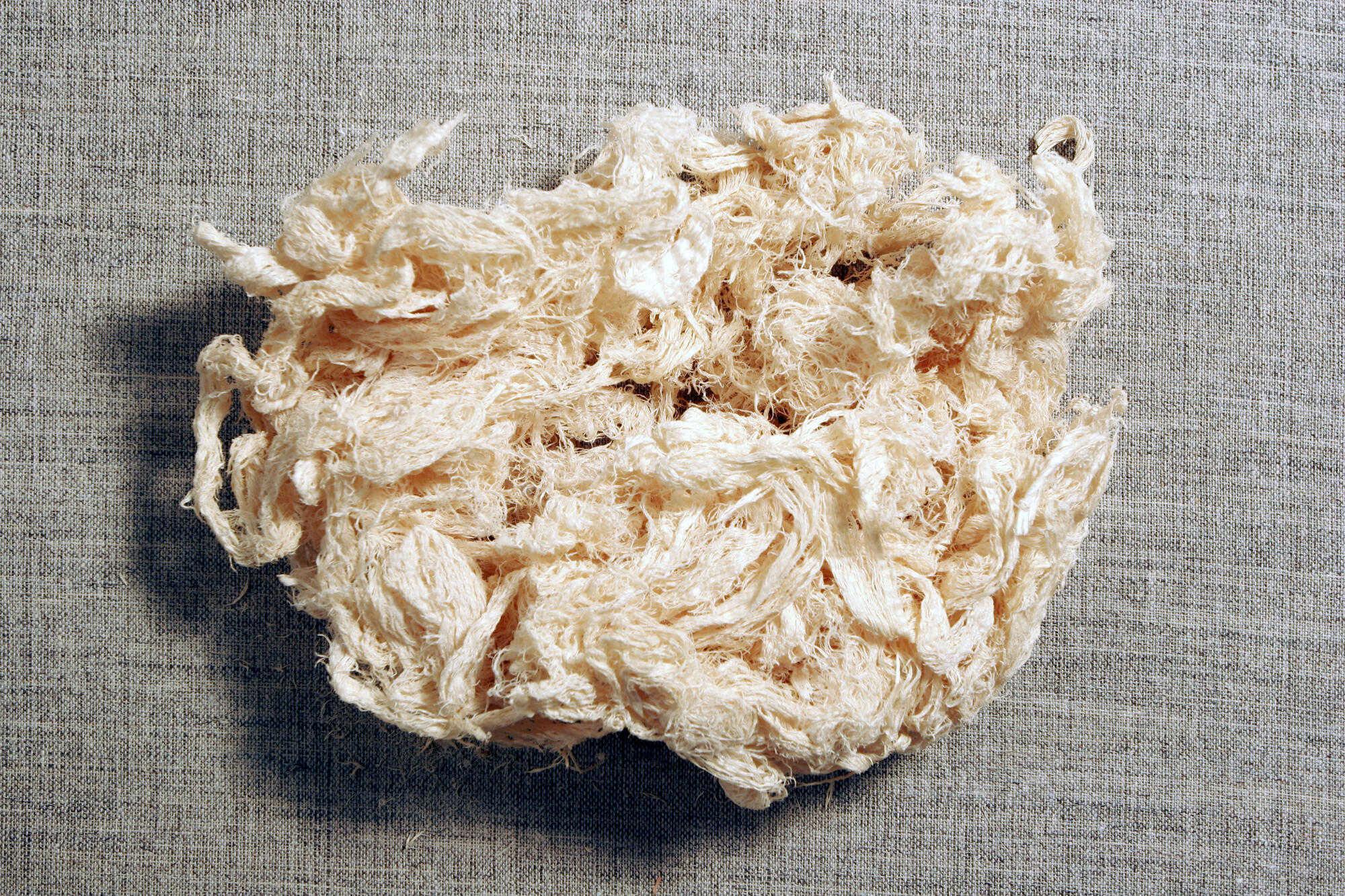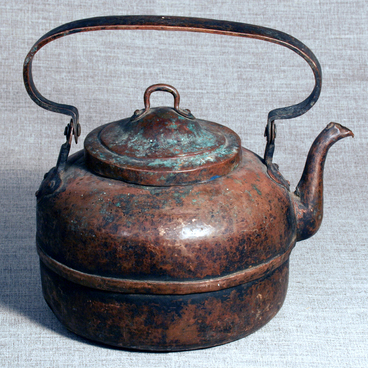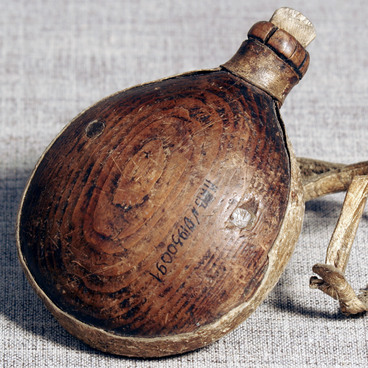For many centuries indigenous peoples of the North had been shaping their own culture, and they managed to preserve it till the present days. Traditional housekeeping under the circumstances of wild nature defined the Forest Nenets’ way of life and customs. Household production is mostly of a consumption character here.
Like all other Northern peoples, before they met Russian settlers, the Forest Nenets produced household items, tableware, furniture and vehicles by themselves using natural materials they could find. Most frequently is was wood. This ethnic minority’s most admired tree is a birch. For many centuries a birch has played a significant role in the Forest Nenets daily lives. It is a birch that is the most popular material used for household items.
Different kitchen utensils and bowls, children toys, snuff-boxes for chums and migration are made of birch. Birch bark goes for cradles, containers and a chum roof covers. The dust of a rotten tree trunk absorbs moisture well, that is why the NEnets put it into cradles. Birch is used as a firewood to heat a chum during the severest frosts. Birch sawdust is used for hygienic purposes. It is a substitute for towels and sponges, kitchen utensils are wrapped in it during migrations, it is also put in cradles. Being thin and soft, birch sawdust absorbs moisture well too. As it gets wet, it is replaced with new.
Usually a big amount of sawdust is prepared in advance, traditionally by women. In February or March, when it is still frosty but not too much, they scrape off a thin layer from a frozen birch log with a sharp knife, moving the blade away. The purpose of sawdust defines its thickness. The prepared material is scattered over sledges and ventilated. Dry sawdust is stored in special bags, about three or four of them are required for the winter.
Like all other Northern peoples, before they met Russian settlers, the Forest Nenets produced household items, tableware, furniture and vehicles by themselves using natural materials they could find. Most frequently is was wood. This ethnic minority’s most admired tree is a birch. For many centuries a birch has played a significant role in the Forest Nenets daily lives. It is a birch that is the most popular material used for household items.
Different kitchen utensils and bowls, children toys, snuff-boxes for chums and migration are made of birch. Birch bark goes for cradles, containers and a chum roof covers. The dust of a rotten tree trunk absorbs moisture well, that is why the NEnets put it into cradles. Birch is used as a firewood to heat a chum during the severest frosts. Birch sawdust is used for hygienic purposes. It is a substitute for towels and sponges, kitchen utensils are wrapped in it during migrations, it is also put in cradles. Being thin and soft, birch sawdust absorbs moisture well too. As it gets wet, it is replaced with new.
Usually a big amount of sawdust is prepared in advance, traditionally by women. In February or March, when it is still frosty but not too much, they scrape off a thin layer from a frozen birch log with a sharp knife, moving the blade away. The purpose of sawdust defines its thickness. The prepared material is scattered over sledges and ventilated. Dry sawdust is stored in special bags, about three or four of them are required for the winter.



